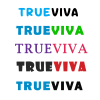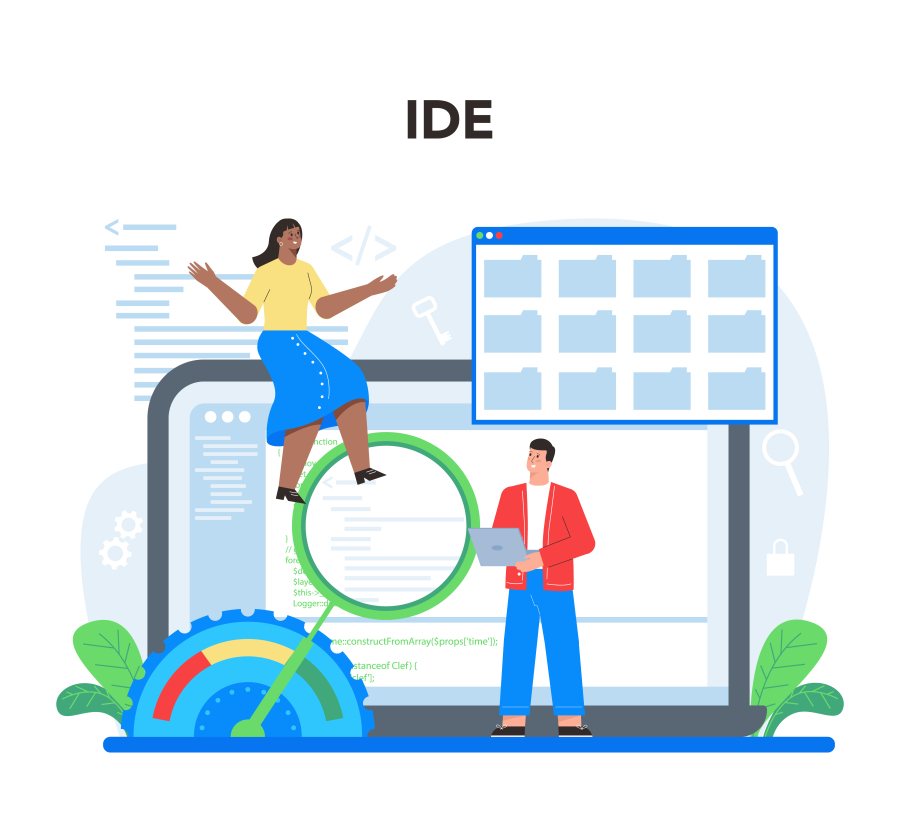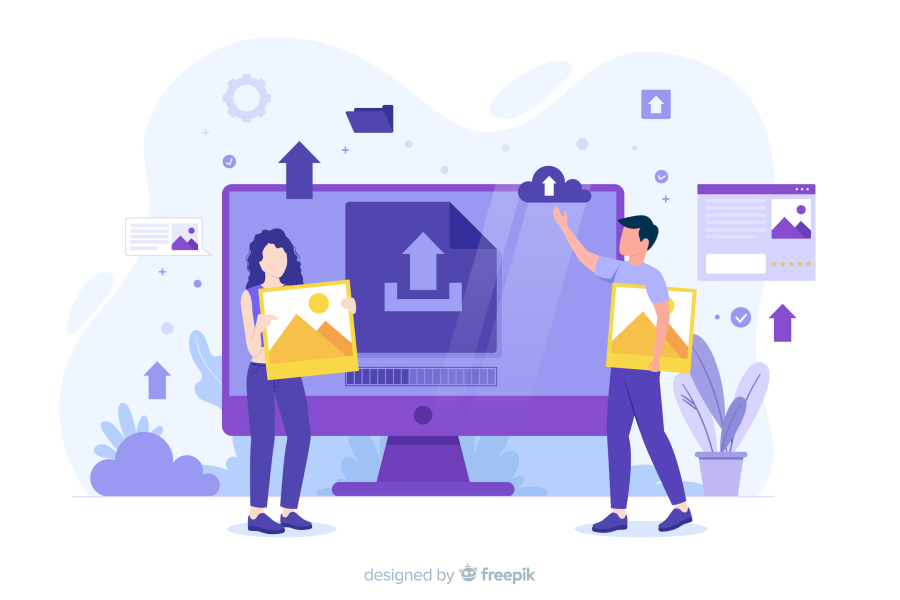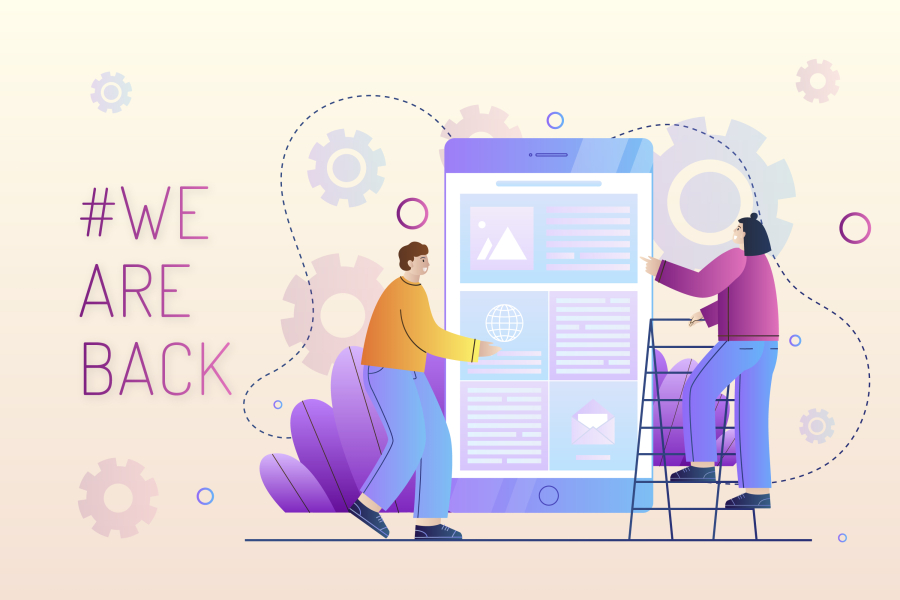What is Full-Stack Development? A Beginner’s Guide
Full-stack development is one of the most in-demand skills in the web development industry. It refers to the ability to work on both the frontend (client-side) and backend (server-side) of web applications. Whether you're a beginner looking to start your career or an experienced developer expanding your skill set, understanding full-stack development opens up numerous opportunities. At FreelancerBridge, we break down the key concepts, technologies, and career paths for full-stack developers.
Long Description:
In today’s digital world, businesses require developers who can build complete web applications—from designing interactive user interfaces to handling databases and server-side logic. This is where full-stack developers come in. They have expertise in both frontend and backend technologies, making them highly valuable in the tech industry.
At FreelancerBridge, we provide a comprehensive guide to full-stack development, covering the essential skills, tools, and career benefits for beginners.
1. What is Full-Stack Development?
✅ Full-stack development involves both frontend and backend development.
✅ A full-stack developer can build an entire web application independently.
✅ Combines UI/UX design, database management, API development, and server-side scripting.
2. Key Components of Full-Stack Development
✅ Frontend Development: Deals with the user interface (UI) and user experience (UX).
- Technologies: HTML, CSS, JavaScript
- Frameworks: React.js, Vue.js, Angular
- Styling: Bootstrap, Tailwind CSS
✅ Backend Development: Manages database operations, authentication, and logic.
- Languages: Node.js, PHP, Python, Ruby, Java
- Frameworks: Laravel, Express.js, Django, Spring Boot
- Databases: MySQL, PostgreSQL, MongoDB, Firebase
✅ Version Control & Deployment: Ensures smooth collaboration and deployment.
- Tools: Git, GitHub, Docker, CI/CD pipelines
- Hosting: AWS, DigitalOcean, Vercel, Netlify
3. Why Should You Learn Full-Stack Development?
✅ High Demand: Companies prefer developers who can handle both frontend and backend.
✅ Better Job Opportunities: Full-stack developers earn competitive salaries.
✅ Freelancing & Entrepreneurship: Build complete projects independently.
✅ Faster Project Development: Reduce dependency on multiple developers.
4. How to Become a Full-Stack Developer?
✅ Start with HTML, CSS, and JavaScript for frontend basics.
✅ Learn a frontend framework like React.js or Vue.js.
✅ Choose a backend language such as Node.js, PHP, or Python.
✅ Understand databases like MongoDB (NoSQL) or MySQL (SQL).
✅ Practice with real-world projects and contribute to open-source.
✅ Master APIs, authentication, and cloud deployment.
5. Popular Tech Stacks for Full-Stack Development
✅ MERN Stack: MongoDB, Express.js, React.js, Node.js
✅ MEVN Stack: MongoDB, Express.js, Vue.js, Node.js
✅ LAMP Stack: Linux, Apache, MySQL, PHP
✅ Django Stack: Python, Django, PostgreSQL
6. Career Opportunities in Full-Stack Development
✅ Web Developer – Build websites and web applications.
✅ Software Engineer – Work on enterprise-level applications.
✅ Freelance Developer – Take on independent client projects.
✅ Tech Startup Founder – Build and launch your own SaaS products.
Conclusion:
Full-stack development is a valuable skill set in today’s tech landscape. Whether you want to work as a freelancer, join a top tech company, or build your own projects, mastering full-stack development gives you endless opportunities. At FreelancerBridge, we help beginners and professionals navigate their full-stack development journey.


 by Emily
by Emily




